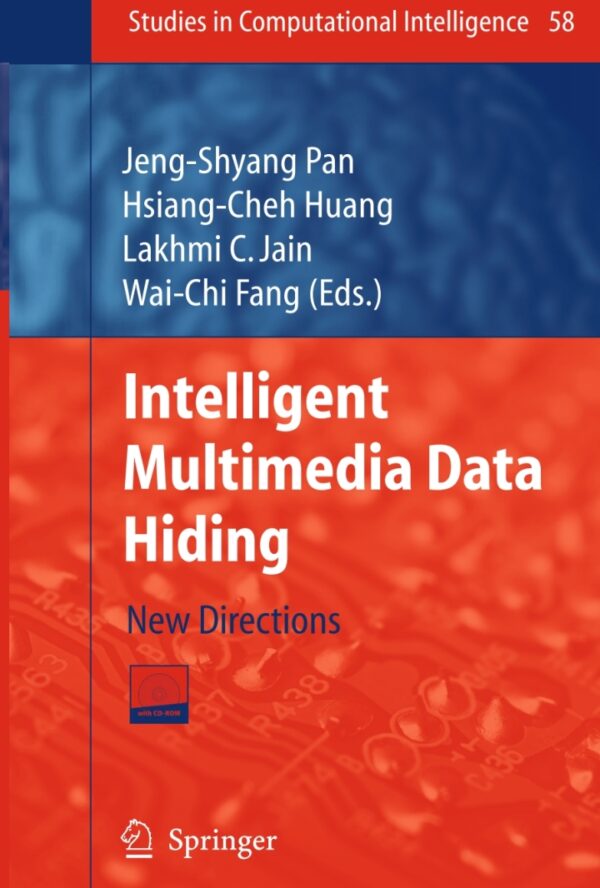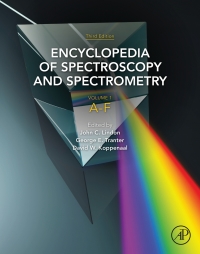Intelligent Multimedia Data Hiding: New Directions Ebook (okabook.shop)
$25.00
eText ISBN: 9783540711698
When the ?rst watermarking papers appeared in mid 90ies, the industrial needs on copyright protection and rights management of digital media were already pressing. The music industry was already loosing large revenues due to music piracy. Watermarking was proposed as a very promising solution to combat digital piracy and illegal digital media copying. Most of the p- posed techniques have been based on solid theoretical background and, thus, attracted a large interest in the scienti?c community. The ensuing explosive growth produced rich literature, signi?cant theoretical results and IPR p- tection solutions. Besides watermarking, which is an active technique, in the sense that a watermarkmustbeembeddedinthemultimediasignal,passivetechniquesfor IPRprotectionandDRMemergedrecently.Suchtechniques(calledsometimes ?ngerprinting or replica detection or perceptual hashing) are essentially fast retrieval/hashingtechniquesforbroadcast/internettra?cmonitoringthrough replica searches in copyright holder or trusted third parties databases. Watermarking is proven to be a very good solution for intellectual pr- erty rights protection, particularly for digital images. It has also been s- cessfully used for still image content authentication. Its use for video, audio and music IPR protection was less widespread, since the related technical and business model problems were proven to be more di?cult to tackle. Fing- printing/replica detection is still at its development phase and has found so far signi?cant use in music copy detection. However, there are no solutions that are yet universally acceptable. .eText ISBN: 9783540711698











